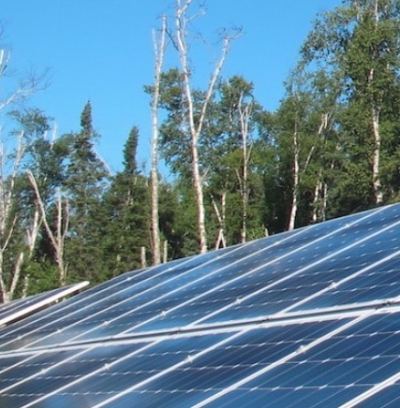- Is there physical space on the building or site in sufficient quantity?
- Open space on the site
- Roof space on the building
- Exterior wall space on the building
- If the building roof is to support solar arrays, is the roof configuration suitable to support the solar equipment?
- Is it strong enough?
- Is it not in shadow most of the day?
- Does the local serving utility offer financial incentives?
- Is the federal and state tax status of the building ownership such that tax incentives can be taken advantage of?
- Does it make sense for the owning entity to allocate its capital and credit-worthiness to the solar enterprise; i.e. is the pay-back period short enough?
In the case of a site and building project, all of the above considerations apply. However, there are additional advantages:
- The physical plan can be laid-out maximize solar collection potential without sacrificing other requirements
- The configuration of array’s supporting elements can be designed for efficiency, and cost effectiveness
- The solar configuration can be part of the aesthetic and architecture
With the above ideas in mind, it is also important to remember that the tax status of individuals and corporations are very different. This has a fundamental bearing on the “go, no-go” decision. Can various tax incentives be applied?
Lastly, working with an experienced entity that can deliver all aspects of a well-engineered financial and physical solution is a key to success. Plan thoughtfully and act purposely.

